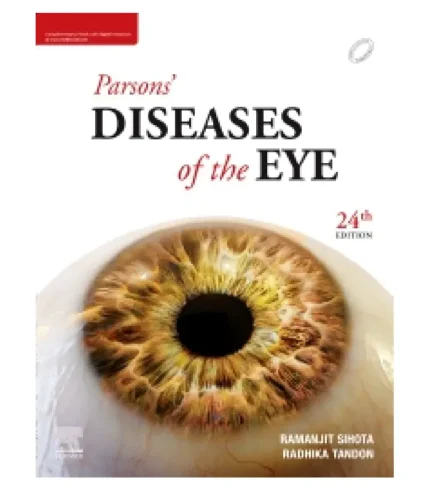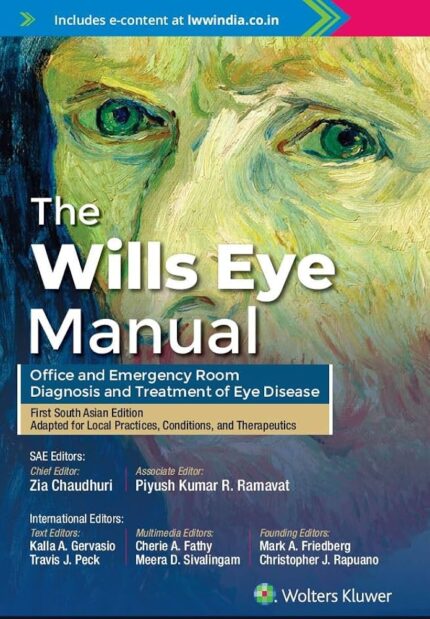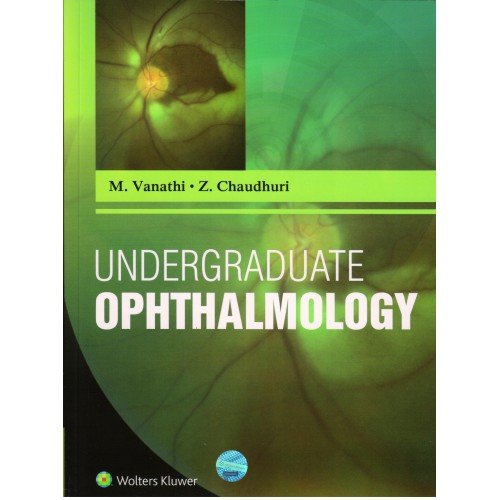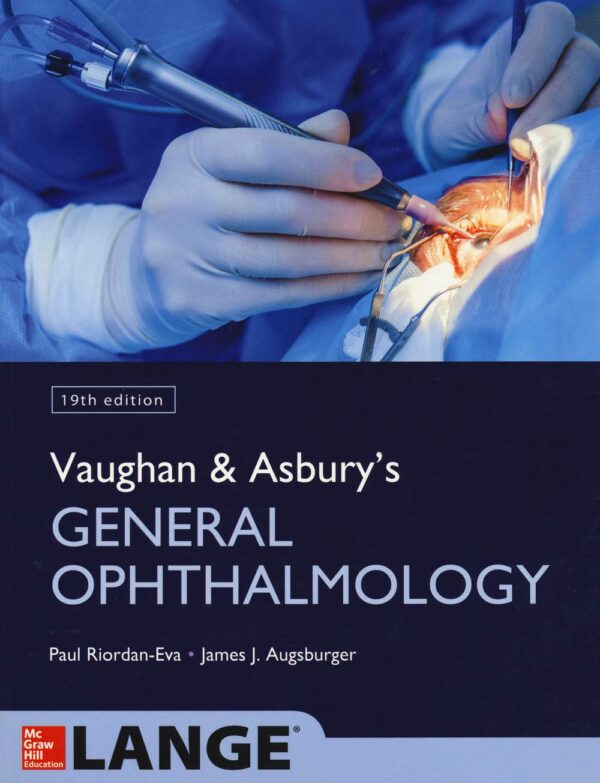1. Overview of Electrodiagnostic Techniques
Several electrodiagnostic modalities are employed to assess retinal function:
a) Electroretinography (ERG)
ERG measures the electrical responses of various retinal cells, primarily photoreceptors (rods and cones), bipolar cells, and Müller cells. It is performed in different settings:
Though primarily used for assessing the visual pathway beyond the retina, VEP can complement retinal electrodiagnosis when optic nerve dysfunction is suspected.
2. Clinical Applications
a) Inherited Retinal Dystrophies
ERG is indispensable in diagnosing inherited retinal diseases such as:
b) Acquired Retinal Disorders
Electrodiagnosis also aids in the evaluation of:
c) Macular Diseases
Early diagnosis of macular dystrophies
Assessing functional impairment in diabetic macular edema
Monitoring treatment response in macular disorders
3. Interpretation and Limitations
Normal Variability: Interpretation must consider age-related changes and normative databases.
Artifact Recognition: Proper technique and patient cooperation are critical to avoid artifacts.
Correlation with Imaging: Electrodiagnostic findings should be integrated with clinical examination and imaging modalities (OCT, fundus autofluorescence) for comprehensive assessment.
4. Future Directions
Advancements in high-resolution recording techniques and portable ERG devices are expanding the clinical utility of electrodiagnostic tests. Gene therapy trials for inherited retinal dystrophies increasingly rely on electrodiagnostic parameters to establish baseline function and measure therapeutic efficacy










Reviews
There are no reviews yet.